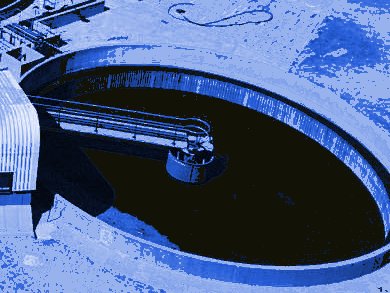Membrane technology emerges as a highly competitive candidate for reclamation and reuse of water. The semipermeable membrane systems offer high surface areas for attachment of numerous foulants, resulting in significantly reduced flux, poor separation efficiency, product contamination, frequent cleaning, accelerated aging due to aggressive cleaning regimes, and membrane damage. Increasingly, environmental concerns trigger a number of antifouling chemistries.
Zhongyi Jiang and colleagues, Tianjin University, China, demonstrate a facile in situ approach for constructing tunable amphiphilic or hydrophilic antifouling membrane surfaces. They manipulated the microphase separation and surface segregation behavior of tailor-made ternary amphiphilic block copolymers during the commonly utilized wet phase inversion membrane-formation process.
Ternary amphiphilic copolymers bearing strong solvophilicity, low surface energy block, or casting solvent with high volatility favored the construction of amphiphilic antifouling surfaces, which exhibited superior antifouling performance for oily foulants. Ternary amphiphilic copolymers bearing weak solvophilicity, low surface energy block, or casting solvent with low volatility favored the construction of hydrophilic antifouling surfaces, which exhibited superior antifouling performance for biofoulants.
The researchers hope that this approach can be developed as a competitive platform technology for the preparation of robust and versatile antifouling membrane, leading to the high process efficiency of wastewater treatments.
- Efficient Wastewater Treatment by Membranes through Constructing Tunable Antifouling Membrane Surfaces,
Wenjuan Chen, Yanlei Su, Jinming Peng, Xueting Zhao, Zhongyi Jiang, Yanan Dong, Yan Zhang,
Yangui Liang, Jiazhen Liu,
Environm. Sci. Technol. 2011.
DOI: 10.1021/es200994n




